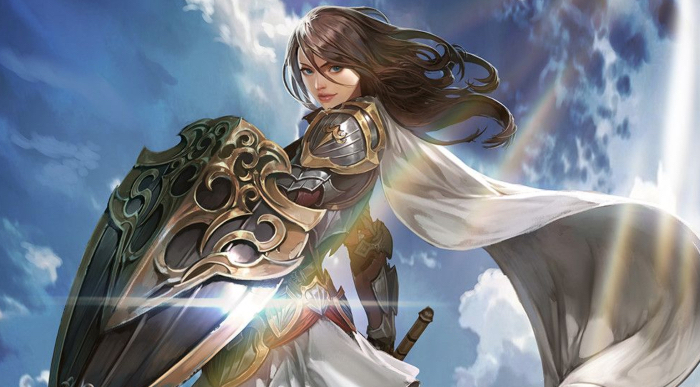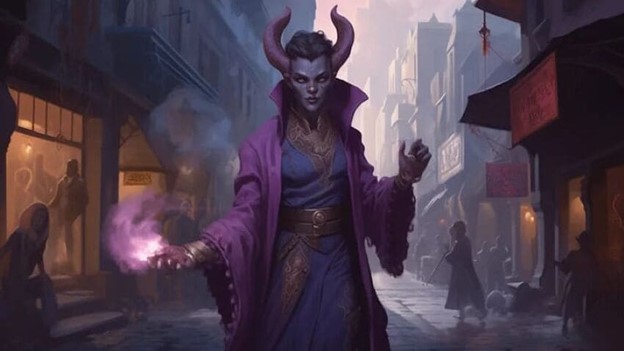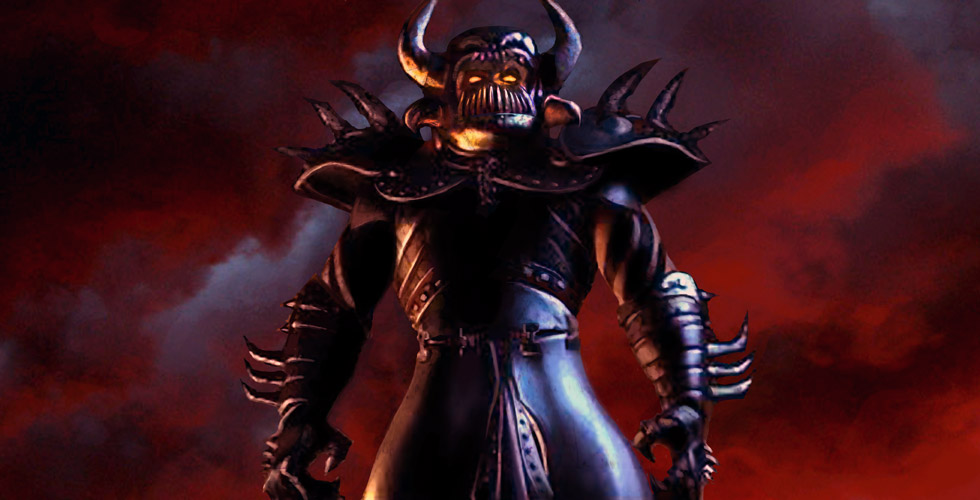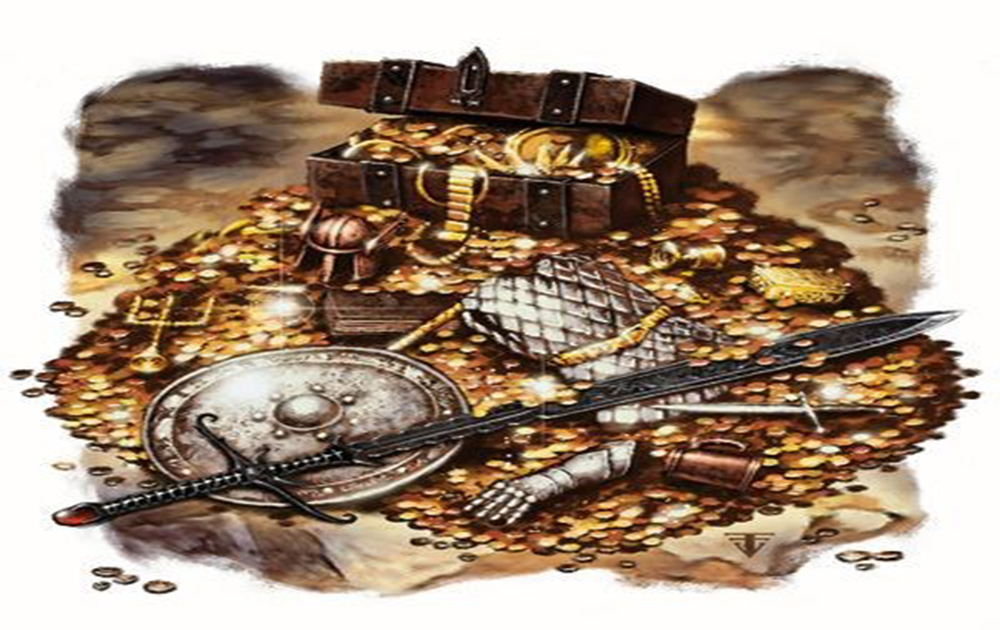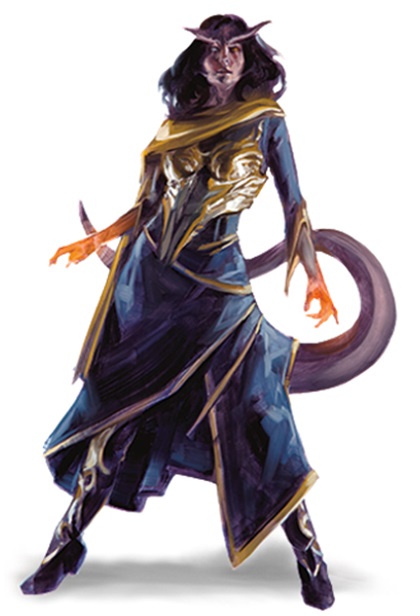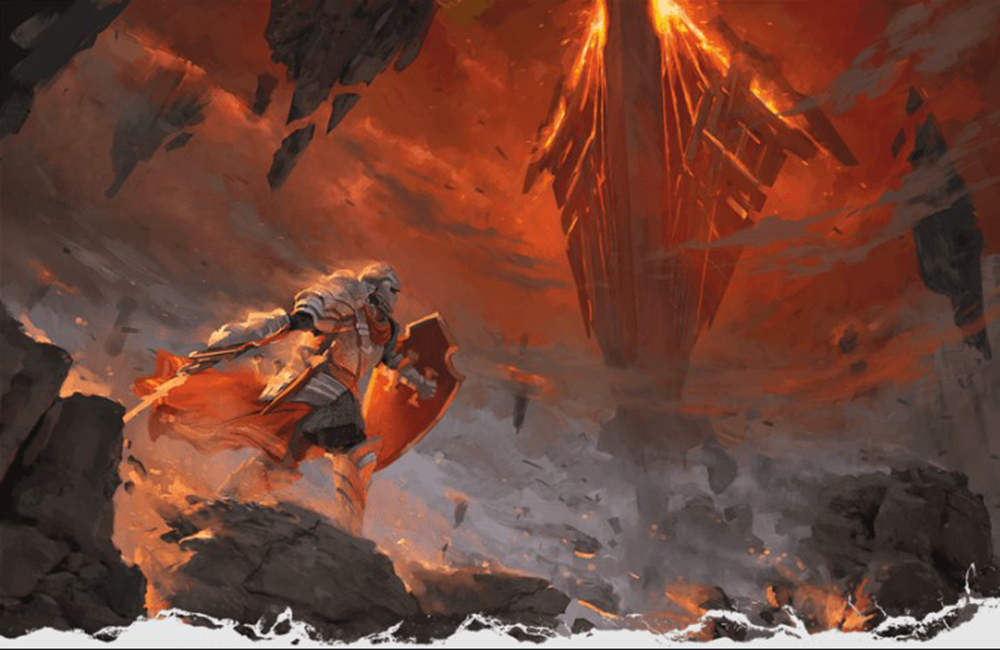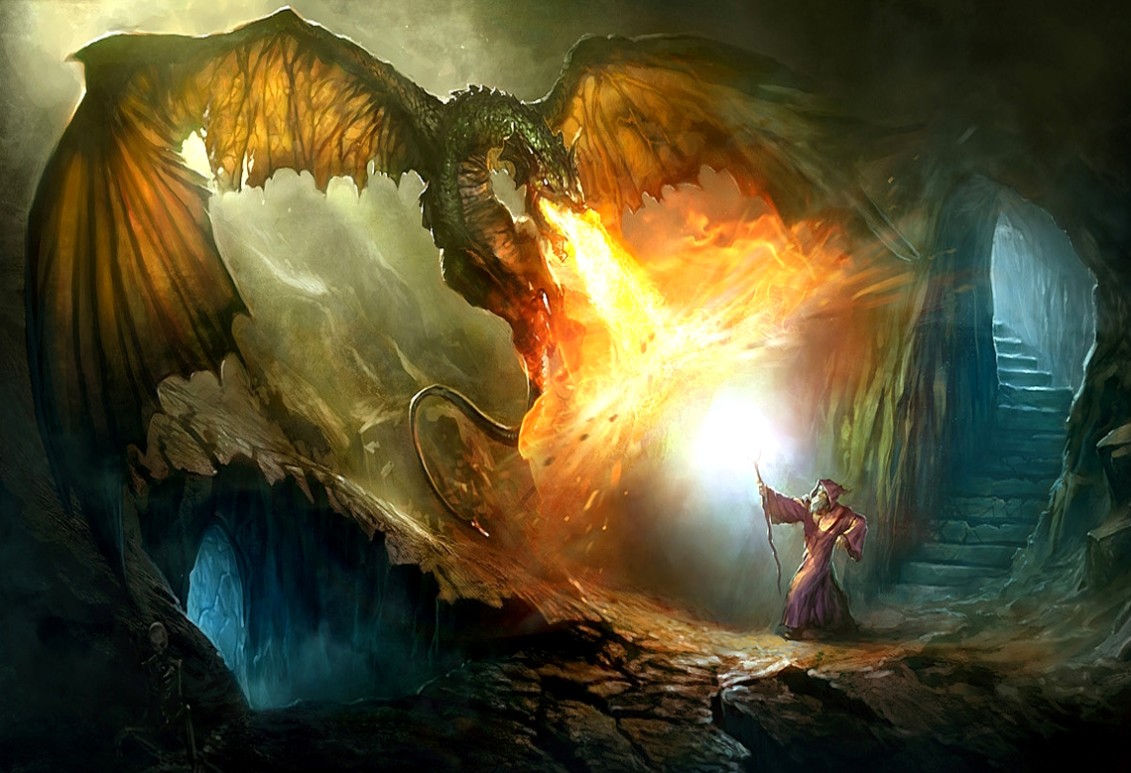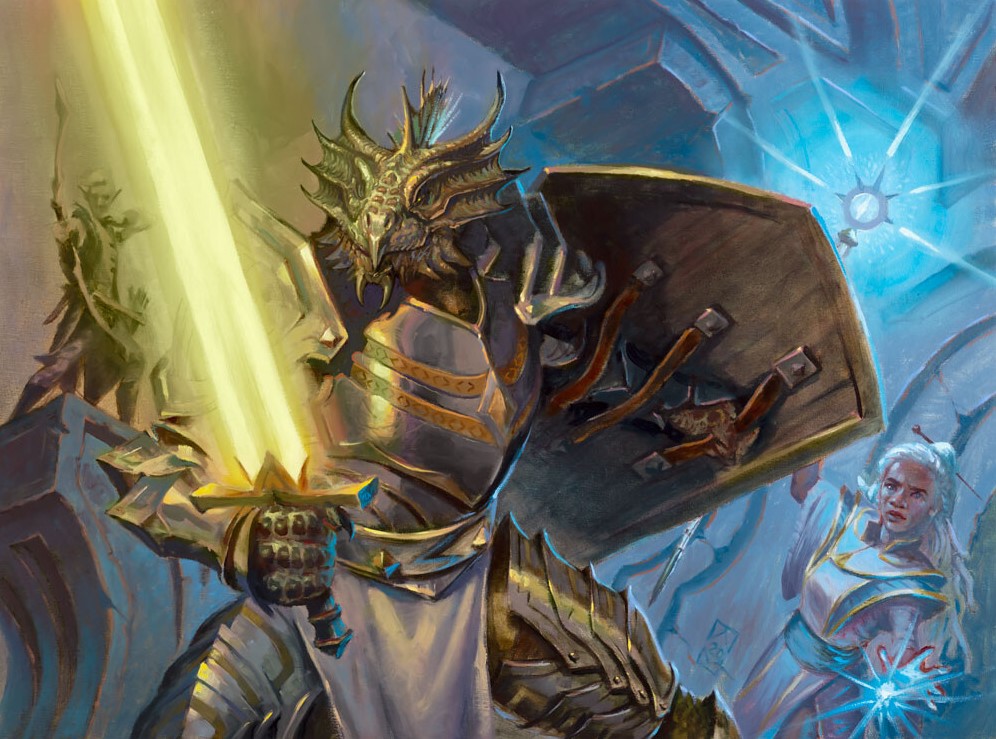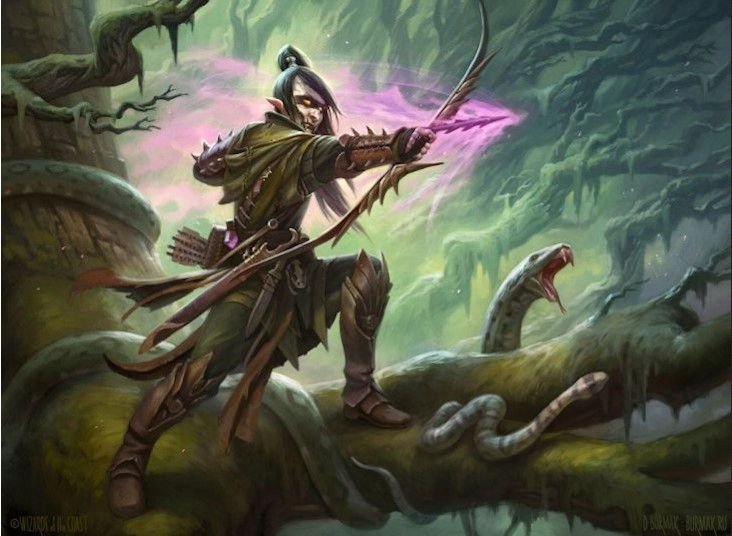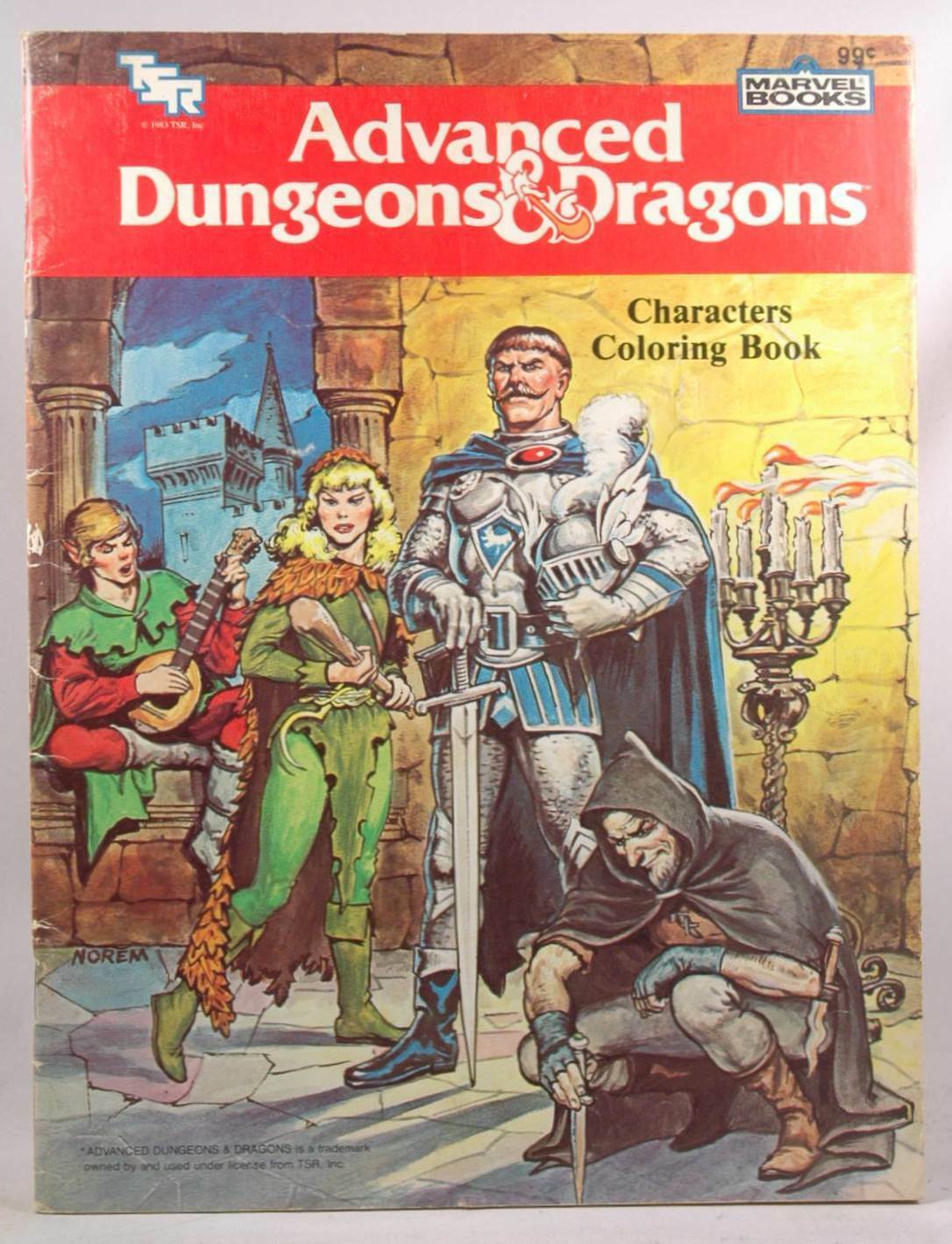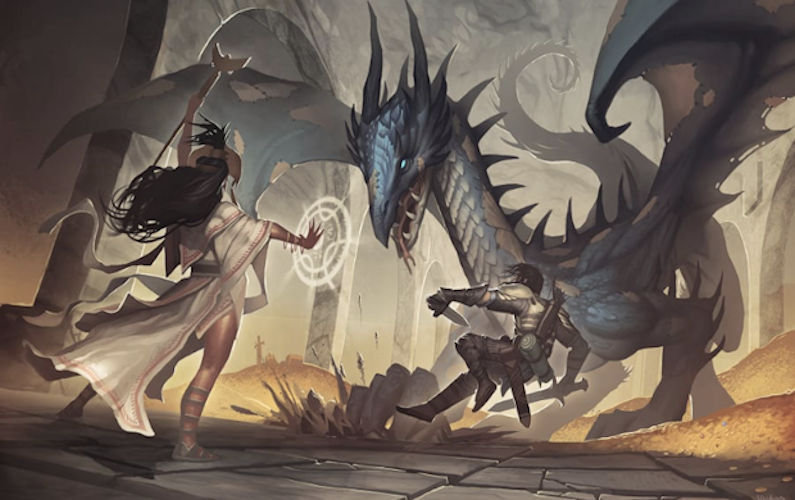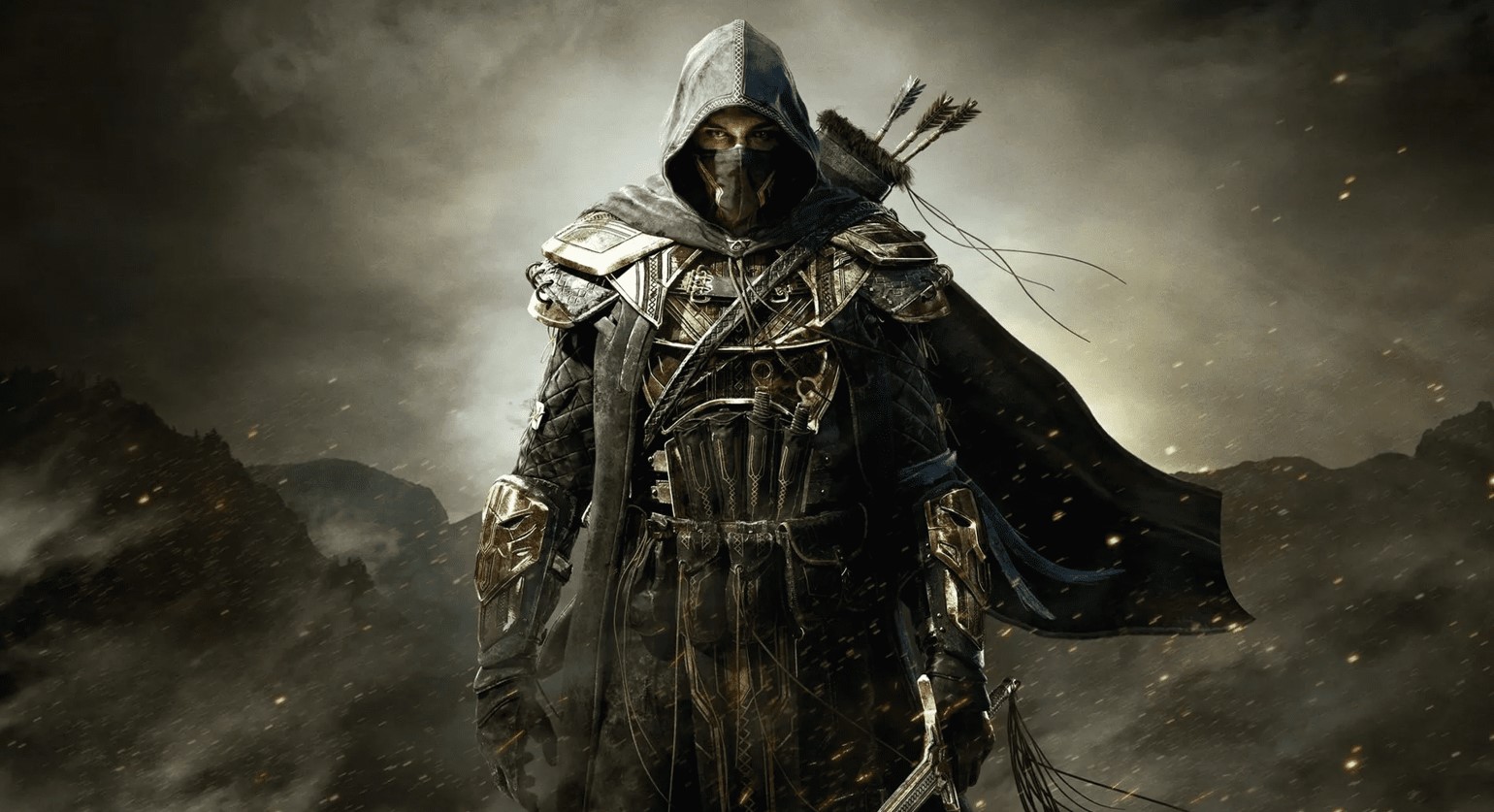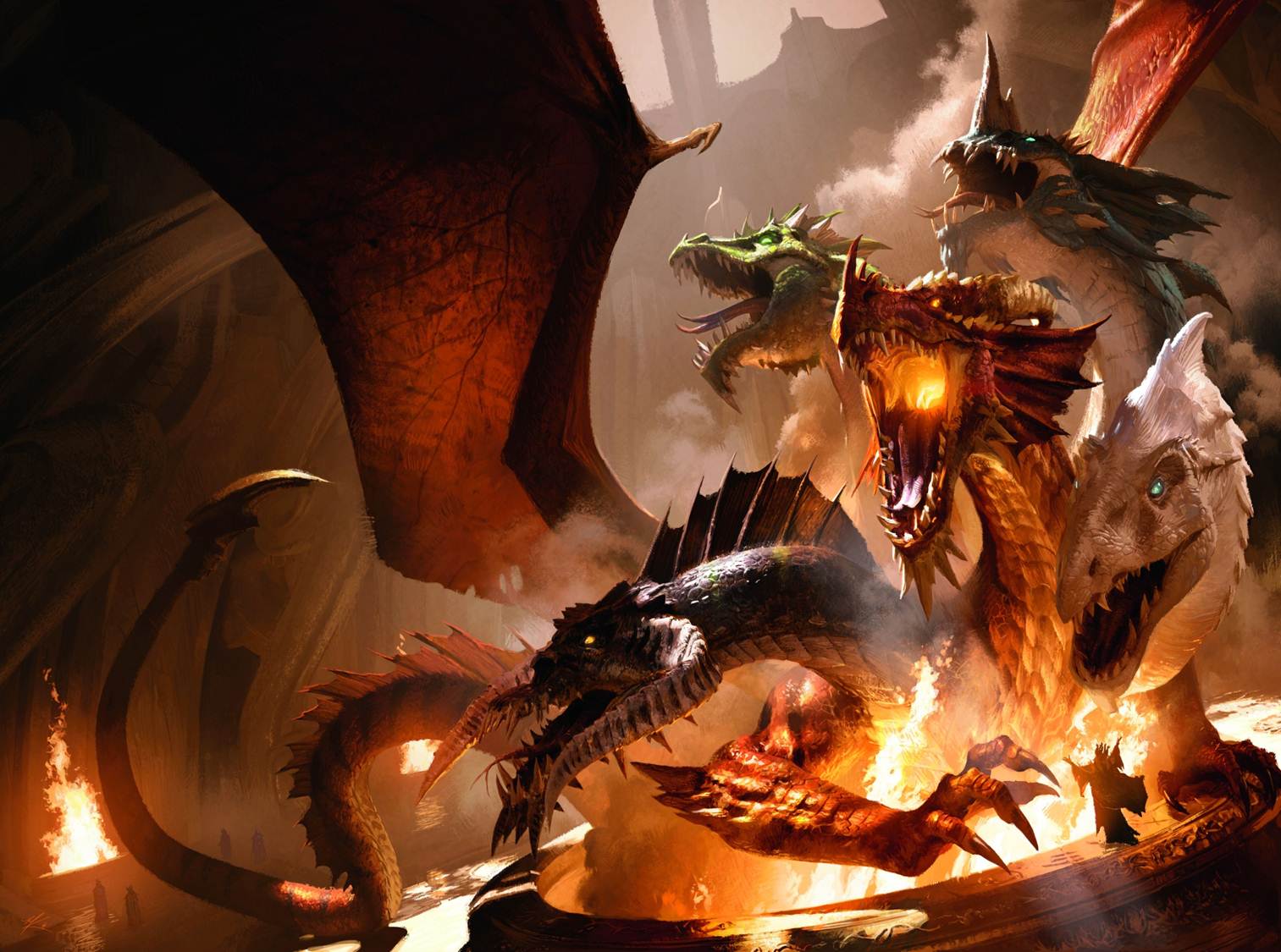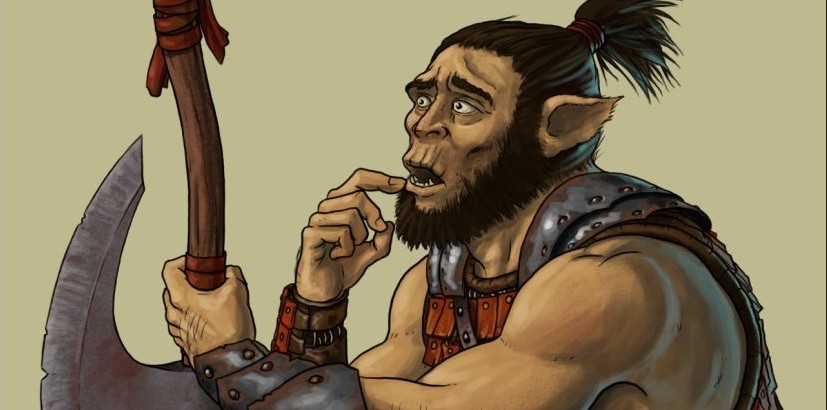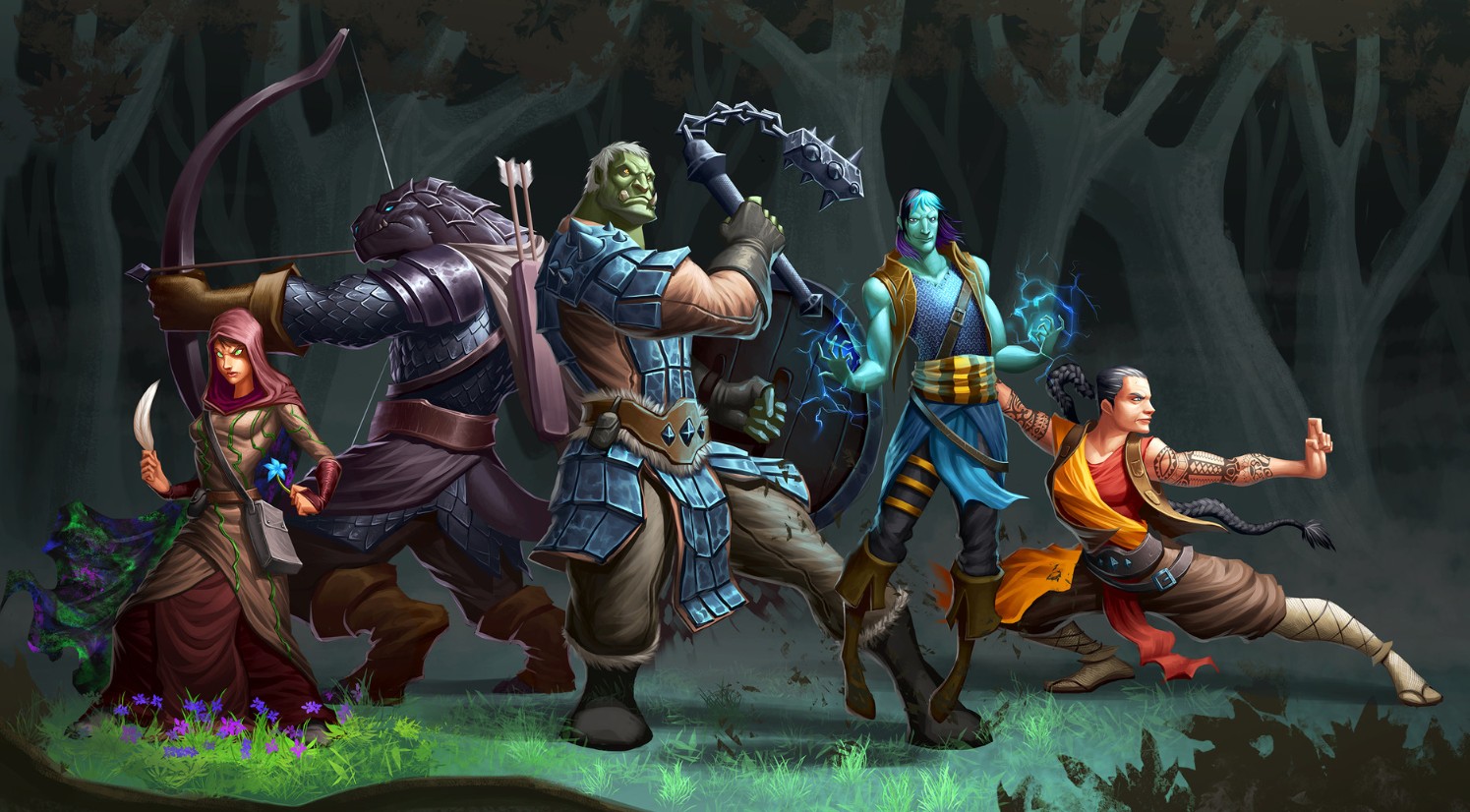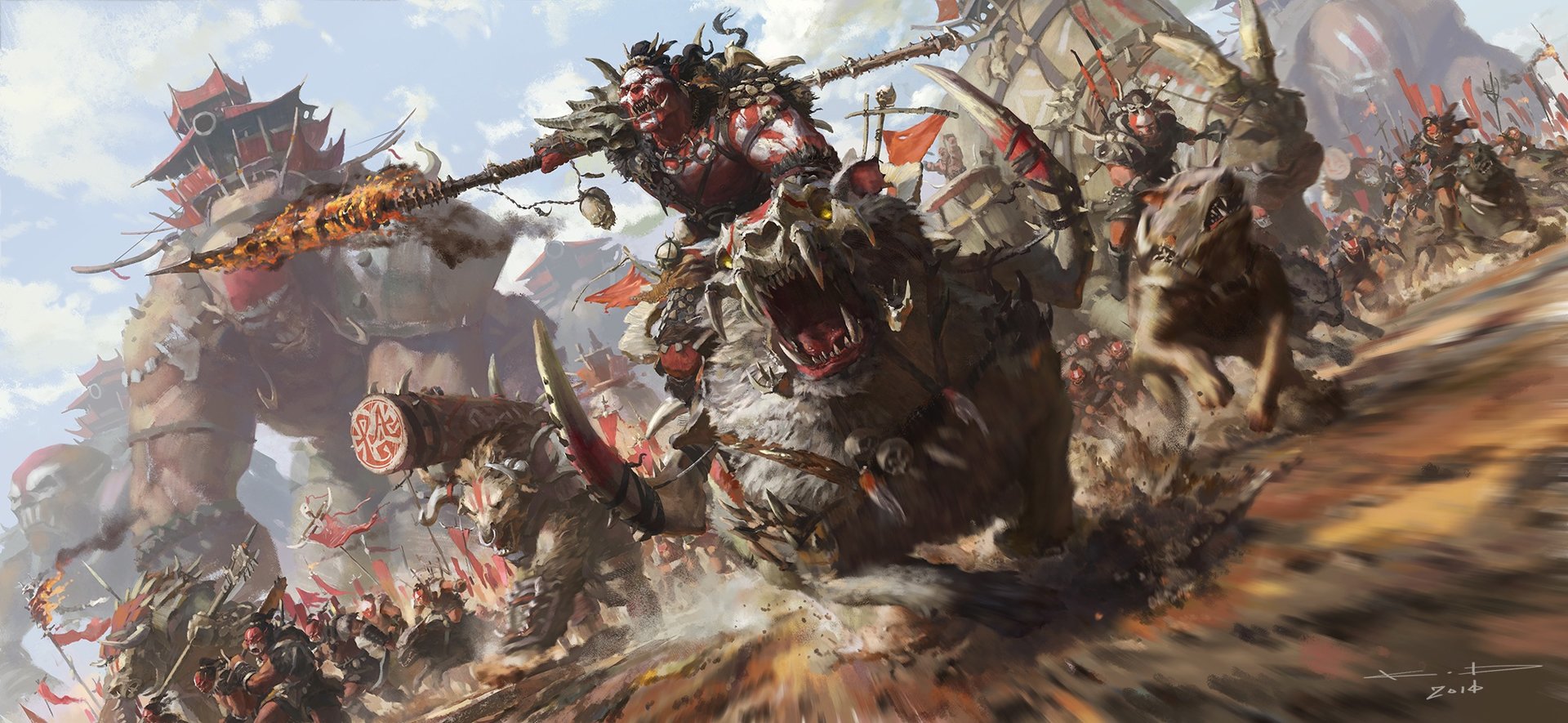
Optimization Has Its Downside

It doesn’t take much imagination to figure out what this guy’s all about.
Dungeons & Dragons has seen an amazing number of changes since I first started playing. If you’re just starting out, or coming back for the first time after missing an edition (or two!), you might be wondering how best to optimize your character. In this article, I’m going to show you why you shouldn’t sweat it. I’m also going to give you some ideas on other ways to make your character stand out.
Back in the days of 3rd edition, D&D was a theory-crafter’s dreamland. Everyone seemed to be focused on ways to optimize their characters, and new content (both WotC approved and homebrewed) was being published at an astonishing rate. This was the age of the munchkin, when character builds like the now-infamous Pun-Pun ruled supreme.
It was also the age of the rules lawyer, and believe me when I tell you, if your gaming group didn’t have one of these guys in it, you should be thanking your lucky stars to this very day. Nothing could suck the fun out of a game session quite like the rules lawyer, especially if your group had the misfortune of being saddled with both a letter of the law and a spirit of the law rules lawyer.
But now that 5th edition is out, and One D&D is around the corner, things are drastically different. And if you’re wondering how to optimize your character in the current landscape, I’m here to tell you: don’t. Not only is it not nearly as easy as it used to be, but it isn’t nearly as fun. Instead, focus on other areas of character development.
Optimization Is Harder Now
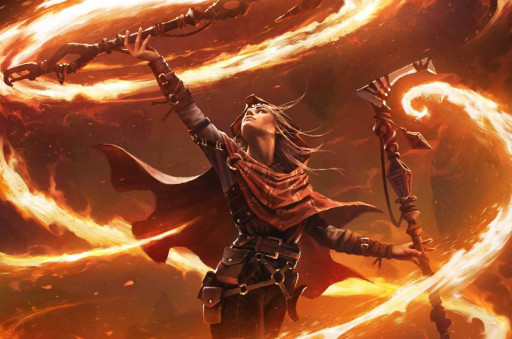
Pro tip: If fire doesn’t solve your problem, you’re looking at your problem wrong.
Long gone are the days when a lowly kobold might aspire to one day take on the entire pantheon combined and win. 5th Edition has a lot less content available to pull from, official or otherwise, then 3.5 did. It’s essentially a refinement of the 4E ruleset, and that means that it is streamlined for new players and DMs to be able to get up to speed as quickly and easily as possible.
All of the rules simplifications and scope focus do make for a very streamlined experience, but it comes at a cost. It’s a lot harder to create a character that can break the challenge curve now. Stats have been flattened, the availability of magic items has been severely reduced, and you’ve got a better shot at catching a beholder getting busy with a bugbear than you do of getting a decent feat spread.
On the one hand, this does ruin some of the fun for people who, like me, enjoy tinkering about with character builds for days on end. But on the other, it means that it’s possible to bang out a character in twenty minutes, at least from a mechanical standpoint. I don’t know about anyone else, but back when 3.5 was still current events, I usually needed six hours and seven different sourcebooks just to crank out a first-level fighter.
Diminishing Returns Kick In Early

I’ve been looking for a way to increase my AC by another point since 2012…
Because of the rules simplifications I mentioned earlier, there’s a lot less work to do in terms of optimizing a character, either at creation, or over the course of the game. For example, the whole concept of roll bonuses has been replaced with an advantage/disadvantage system. Once upon a time, attack rolls, skill checks, and saving throws could be modified by a ton of different bonuses and as long as no two were of the same type, they all stacked.
Now, players get at most a +2/-2 adjustment to a roll of these types, depending on whether they have disadvantage, advantage, or no modifier. The numbers crunch that happened in the years between the peak of 3.5 and the emergence of 5E made it so that trying to squeeze out additional bonuses to anything beyond a certain point was going to be a real uphill battle. Whereas players in earlier days could often find strange rules combinations that allowed them to do absurd, gamebreaking things, 5E has a much more polished ruleset in terms of balance.
It’s not a mistake that the highest attribute score that most players will ever see now is 20, either. Gone are the days of the uber-twink, when a mere mortal could reliably move mountains by hand and overcome Boccob’s spell resistance. All of these factors combined mean that optimization is not only less possible than it used to be, it’s a lot less fun. And fun, for those of you who missed the memo, is the entire point of any game.
So What’s the Alternative?

You just know there’s a cool, crazy story behind this get-up.
Okay, so maybe you’ve come around to the idea that trying to get blood from a stone is not the best use of your time, and you’ve decided to stop focusing on the power game. Well, if that’s the case, what are you to focus on when creating a character, or developing one in-game? The answer to that, at least on the surface, is very simple: focus on making your character a character.
Your character doesn’t have to be a block of stats with a name slapped on it. In fact, people tend to forget that roleplaying games are supposed to be about playing a role, getting into the mindset of someone who isn’t you and tinkering around with what that means in the context of the game world. If you want to breath fun and life back into your D&D game and get off the power-munchkin treadmill, you’ve got to focus on playing a character that you would like to play.
This is actually an area where 5E shines over 3.5, due to the new backgrounds feature. These give your character a lot of options that can not only help to steer you as you imagine who you want them to be, but actually confer some mechanical benefits as well. This can not only help to flesh out your abilities, but can also set you on a wonderful, creative road to developing deeper characters.
Play an archetype you aren’t familiar with. Are you usually the party beat-stick, rash and rowdy? Try something different. Maybe today, you’re the bumbling mage who can never seem to recall where he keeps his spell-component pouch.
Take two archetypessmash them together, and see what comes loose. One of my favorite characters ever was basically Thief from 8-Bit Theater… if Thief were a hot half-tiefling bard. Dress in funky styles, adopt an amusing accent, give your character some flavor! Don’t be afraid to play up your weaknesses as well as your strengths, either.
Buck the Stereotypes, Then Lean In

It ain’t easy bein’ green.
Not only is this a great way to create the kind of fun, quirky character that other players in your group will remember fondly long after you’ve all moved on to other things, but it can help you take advantage of what few chances to optimize exist in the current landscape. Multi-classing (beyond the occasional splash levels, or prestige classes, for power builds) used to be a fairly uncommon thing, but in 5E, it makes a lot more sense.
That whole “blending archetypes” concept isn’t just for fleshing out your character and making them engaging from a narrative standpoint; it can also give your character some options mechanically that you might not really have had otherwise. Especially given the incredible utility of cantrips in 5E, a level or two in a spell-casting class can really add a lot of spice to an otherwise run-of-the-mill rogue or fighter.
Or perhaps you could play around with racial stereotypes in the game a bit? Maybe your half-orc isn’t a warrior; maybe he’s a bard. I can tell you from experience that halfling barbarians are loads of fun to play, and nobody ever expects Tiny to whip out a battle-axe, jump into the thick of things, and start breaking heads.
Even more fun is the fact that alignment restrictions have been removed for classes that used to heavily restrict playstyles. (Has anyone ever met a paladin pre-4E whose alignment shouldn’t have been denoted as “Lawful Stupid” on their character sheet?). This gives you the freedom to play all kinds of zany characters that would have been impossible in earlier times.
Maybe your druid got sick of watching industrialist races like the humans and dwarves despoil the forests she loves so dearly, and went full eco-terrorist as a response. Perhaps your paladin serves a dread god, or your monk is an angry drunk who really gets off on beating crowds of enemies to death with their bare hands. Color outside the lines; don’t be afraid to try something new.
Conclusion

Step up to the challenge of deeper character development.
One of the beautiful things about the newer versions of D&D is that, rather than the mechanics dictating how you are allowed to build and play your character, how you choose to build and play your character influences you mechanically. You don’t have to play the numbers game; if you focus on building someone that you’ll have fun playing, a good DM can come up with a story where your character vision will shine.
Don’t forget that your flaws can be as rich in story opportunities as your strengths. One character a friend played a long way back was a dwarf whose racist, genocidal hatred of elves led to the discovery of a plot to unleash a dark god on the world, and wound up allowing our party to save all of creation as a result. (For the record, the player was himself one of the most accepting, even-tempered people I have ever known, which is part of why it was so fun watching him play this maniac).
When you step outside of the mindset that every detail of your character has to serve their combat prowess, a whole new world of possibilities opens up, wherein you can explore themes and play with tropes that weren’t mechanically viable before. While I still maintain that modern D&D is a far cry from the min-maxer’s playground that it once was, that doesn’t have to be a bad thing. Go forth, and embrace your awesome!

